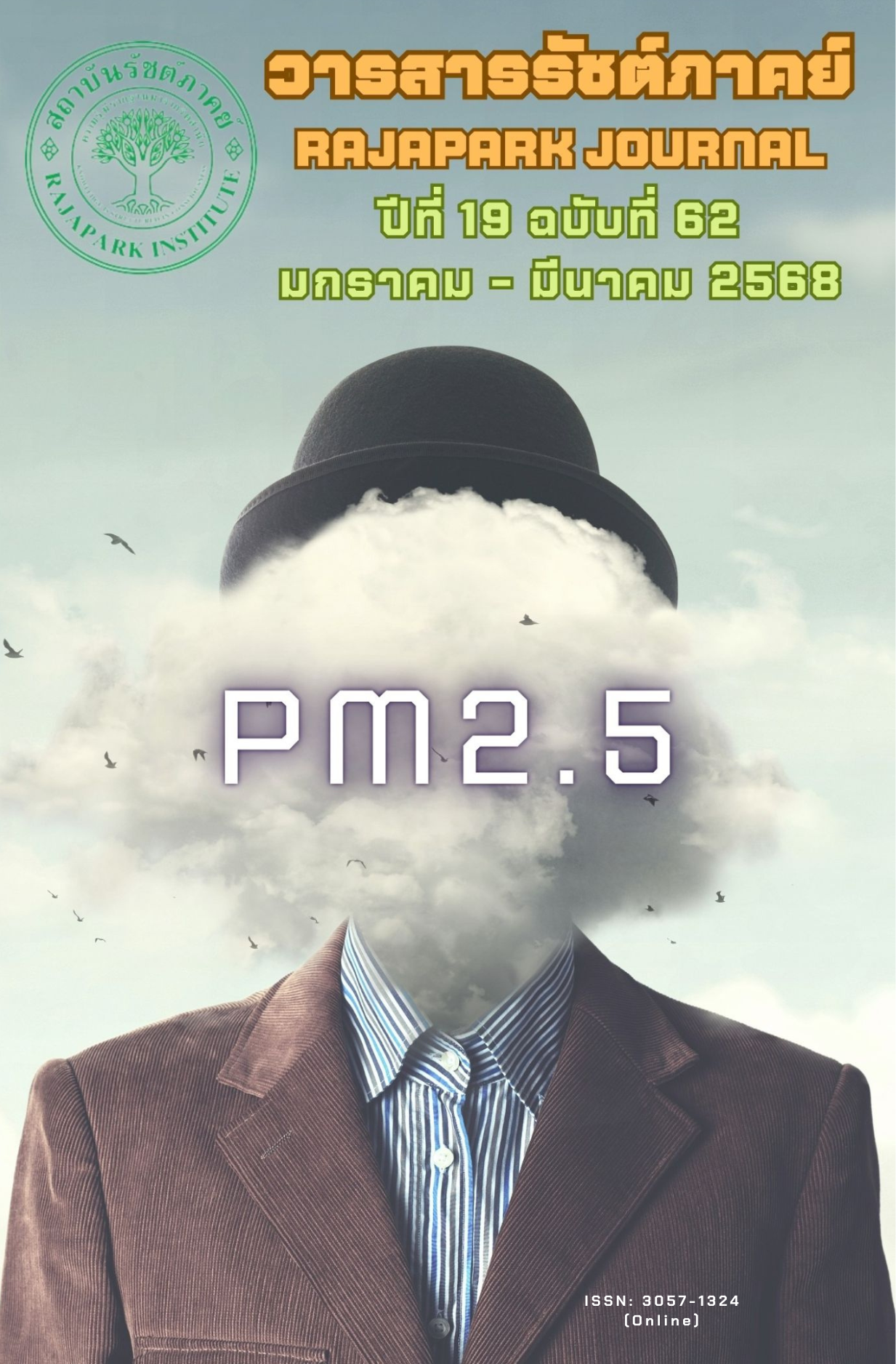Translation Techniques of Cultural Words in Chinese Series “The Legend of White Snake” Subtitles
Main Article Content
Abstract
This article aims to study the translation techniques of cultural words from the subtitles of the Chinese series "The Legend of White Snake." The study found that there are five categories of cultural words in the series: those related to ecology, material, social, religious and belief, linguistic. Eight translation techniques featured in this article are ranked from most to least frequently used as follows: eight translation techniques featured in this article are ranked from most to least frequently used as follows: literal translation (60.73%), paraphrasing (10.55%), mixed literal translation and transliteration (8.91%), transliteration (6.54%), omission (6%), translation by using an idiom of similar meaning but dissimilar form (4.36%), translation by a more general word (2.18%), and using a combination of strategies (0.73%). In summary, literal translation is used for words or idioms present in both the source and target cultures. If the word appears only in the source culture, the translator will translate by using cultural substitution. For unique words without comparable equivalents, a general word will be used. Paraphrasing is used for words with much detail or untranslatable idioms. Transliteration or translation by using an idiom of similar meaning but dissimilar form is used for proper nouns. Omission is used when it doesn't affect the main meaning. Finally, a combination of strategies is used for complex words.
Article Details

This work is licensed under a Creative Commons Attribution-NonCommercial-NoDerivatives 4.0 International License.
Views and opinions appearing in the Journal it is the responsibility of the author of the article, and does not constitute the view and responsibility of the editorial team.
References
Baidu Baike. (n.d.). Chinese idioms. https://baike.baidu.com
Chaleegul, W., & Segkhoonthod Nathalang, S. (2019). Strategies for translating cultural words from Thai to English: a case study of the story of Jan Dara by Usana Phleangtham. VACANA Journal, 7(1), 1-20. http://rs.mfu.ac.th/ojs/index.php/vacana/article/view/183/215
Cidianbao. (2024). Meaning and explanation of the word Niangqin. https://www.cidianbao.com/cidian/kts4vg5.html
Dictionary editorial office of Institute of Language, Chinese Academy of Social Sciences. (2005). Contemporary Chinese dictionary (5th ed.). The Commercial Press.
Duangmala, V., & Numtong, K. (2022). A study of translation strategies and errors in translating cultural words and phrases from Thai to Chinese in “Rang Zong” movie subtitles. Chinese Studies Journal Kasetsart University, 15(2), 251-291. https://so01.tci-thaijo.org/index.php/CSJ/article/view/258077
Iamworamate, T. (2005). Chinese-Thai dictionary (15th ed.). Ruamsarn.
Institute of Thai-Chinese Medicine. (n.d.). The study of lacquered mushroom. https://tcm.dtam.moph.go.th/images/files/research3.pdf
Kasemsap, S. (1977). Benjamad. Horticultural Journal, 12(1), 23-60.
Meng, C. (2023). The translation of Chinese idioms to Thai: a case study of Chinese drama series "The Untamed"[Master’s thesis, Silpakorn University].
Newmark, P. (1988). A textbook of translation. Prentice Hall.
Nida, E. A. (1964). Linguistics and ethnology in translation-problems. In D. Hymes (Ed.), Language in Culture and Society: A Reader in Linguistics and Anthropology (pp.194-208). Harper & Row.
Office of the Royal Society. (2012). Mantou. www.orst.go.th
Petcherdchoo, S. (2012). Basic Chinese-Thai translation. Academic Publication Project, Faculty of Arts, Chulalongkorn University.
Pharaphoch, P. (2012). Translation of cultural terms in “Memoirs of a Geisha”. Journal of Language and Culture, 31(1), 5-17. https://so03.tci-thaijo.org/index.php/JLC/article/view/20281
Phinitphuwadon, S. (2000). The professional translator's handbook (3rd ed.). Nanmee Books.
You Hua Shuo Yi. (2022, December 19). Why do ancient people call a son-in-law who lives with his wife’s family “a door-in son-in-law”? What does the character "Zhuì" mean in "Zhuìxù"?. https://www.sohu.com/a/618621466_531735
Riangsiri, P. (2020, March 27). Strategies for translating cultural specific taboo words in subtitles from Thai into English in Y (YAOI) series: a case study of “Love by Change”. In Conference paper the 2020 National Academic Conference of North Bangkok University: Human Resources Development for the Digital Economy and Society Era, Bangkok, Thailand.
Saengthaksin, Y. (2023). Decoding 313 Thai idioms. Sathaporn Books.
Suesajluesakul, P., Chuensabai, W., Imviset, W., Leelatrakarnkun, K., & Srisurach, A. (2022). Cultural reflection in Chinese address terms. Journal of Humanities and Social Sciences (JHUSOC), 20(2), 43–60. https://so03.tci-thaijo.org/index.php/jhusoc/article/view/260849
Yang, Q., Wu, C., & Li, S. (2014). Translation of subtitles of Chinese costume TV series. Decision and Information, 5, 75-76.


